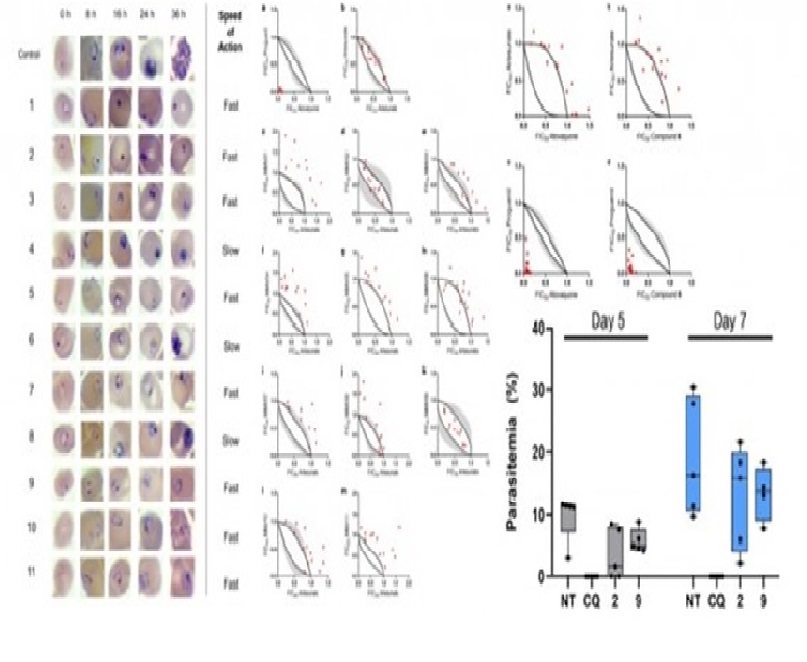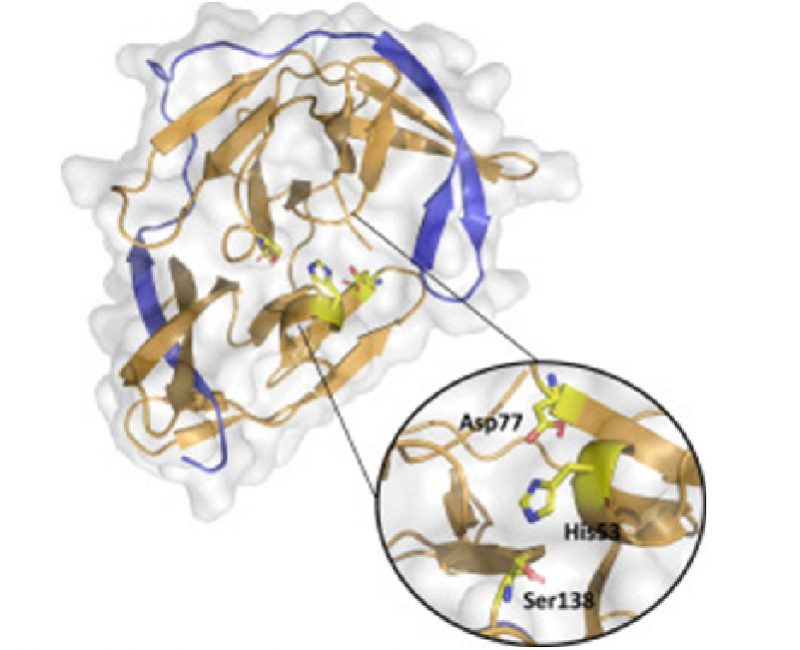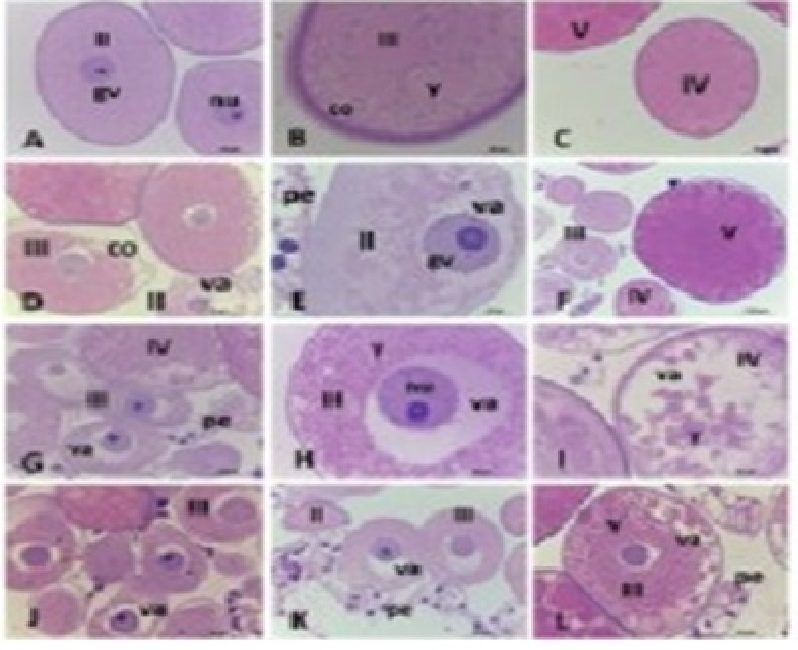
Authors:
de Souza, Guilherme Eduardo 1 ; Bueno, Renata Vieira 1 ; de Souza, Juliana Oliveira 1 ; Zanini, Camila Lima 1 ; Cruz, Fabio Cardoso 2 ; Oliva, Glaucius 1 ; Carvalho Guido, Rafael Victorio 1 ; Campos Aguiar, Anna Caroline 1
Abstract:
Background
Artemisinin-based combination therapy (ACT) is used as the first-line treatment of uncomplicated malaria caused by the Plasmodium falciparum parasite and chloroquine-resistant Plasmodium vivax parasites. Evidence of resistance to ACT has been reported in Cambodia, and without new and effective anti-malarial agents, malaria burden and mortality will rise.
Methods
The used MolPrint 2D fingerprints and the Tanimoto similarity index were used to perform a structural similarity search within the Malaria Box collection to select diverse molecular scaffolds that are different from artesunate. Next, the inhibitory potency against the P. falciparum 3D7 strain (SYBR Green I inhibition assay) and the cytotoxicity against HepG2 cells (MTT and neutral red assays) were evaluated. Then, the speed of action, the combination profile of selected inhibitors with artesunate, and the P. berghei in vivo activity of the best compounds were assessed.
Results
A set of 11 structurally diverse compounds from the Malaria Box with a similarity threshold of less than 0.05 was selected and compared with artesunate. The in vitro inhibitory activity of each compound confirmed the reported potencies (IC50 values ranging from 0.005 to 1 µM). The cytotoxicity of each selected compound was evaluated and used to calculate the selectivity index (SI values ranging from 15.1 to 6100). Next, both the speed of action and the combination profile of each compound with artesunate was assessed. Acridine, thiazolopyrimidine, quinoxaline, benzimidazole, thiophene, benzodiazepine, isoxazole and pyrimidoindole derivatives showed fast in vitro inhibitory activity of parasite growth, whereas hydrazinobenzimidazole, indenopyridazinone and naphthalenone derivatives were slow-acting in vitro inhibitors. Combinatory profile evaluation indicated that thiazolopyrimidinone and benzodiazepine derivatives have an additive profile, suggesting that the combination of these inhibitors with artesunate is favourable for in vitro inhibitory activity. The remaining compounds showed an antagonistic combinatory profile with artesunate. The collected data indicated that the indenopyridazinone derivative, a bc1 complex inhibitor, had a similar association profile in combination with proguanil when compared to atovaquone combined with proguanil, thereby corroborating the correlation between the molecular target and the combination profile. Lastly, the in vivo activity of the thiazolopyrimidinone and benzodiazepine derivatives were assessed. Both compounds showed oral efficacy at 50 mg/kg in a mouse model of Plasmodium berghei malaria (64% and 40% reduction in parasitaemia on day 5 post-infection, respectively).
Conclusions
The findings in this paper shed light on the relationship among the speed of action, molecular target and combinatory profile and identified new hits with in vivo activity as candidates for anti-malarial combination therapy.
1 Sao Carlos Institute of Physics, University of Sao Paulo, Av. Joao Dagnone,
1100 Jardim Santa Angelina, São Carlos, SP 13563-120, Brazil.
2 Department of Pharmacology, Federal University of São Paulo, Rua Botucatu 862, São Paulo, SP 04023-062, Brazil.
Link to article: https://malariajournal.biomedcentral.com/articles/10.1186/s12936-019-3069-3







